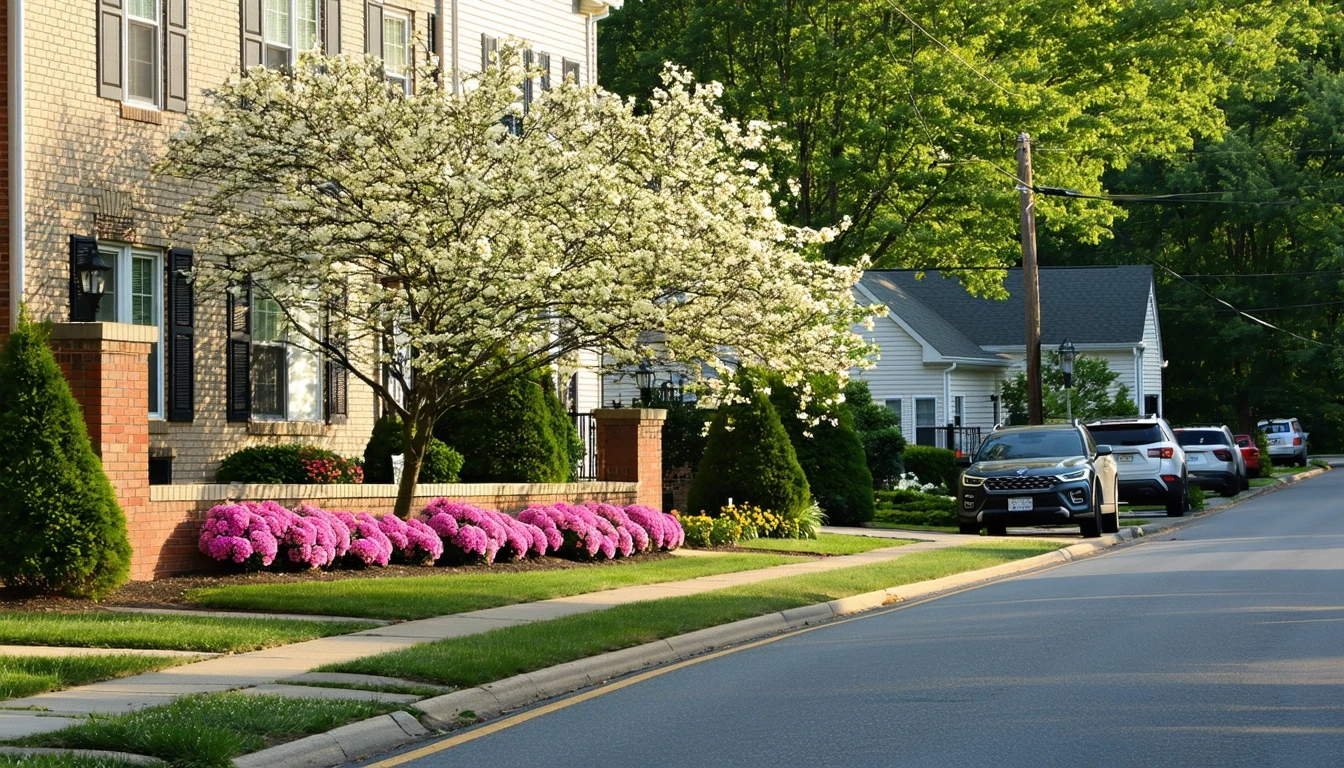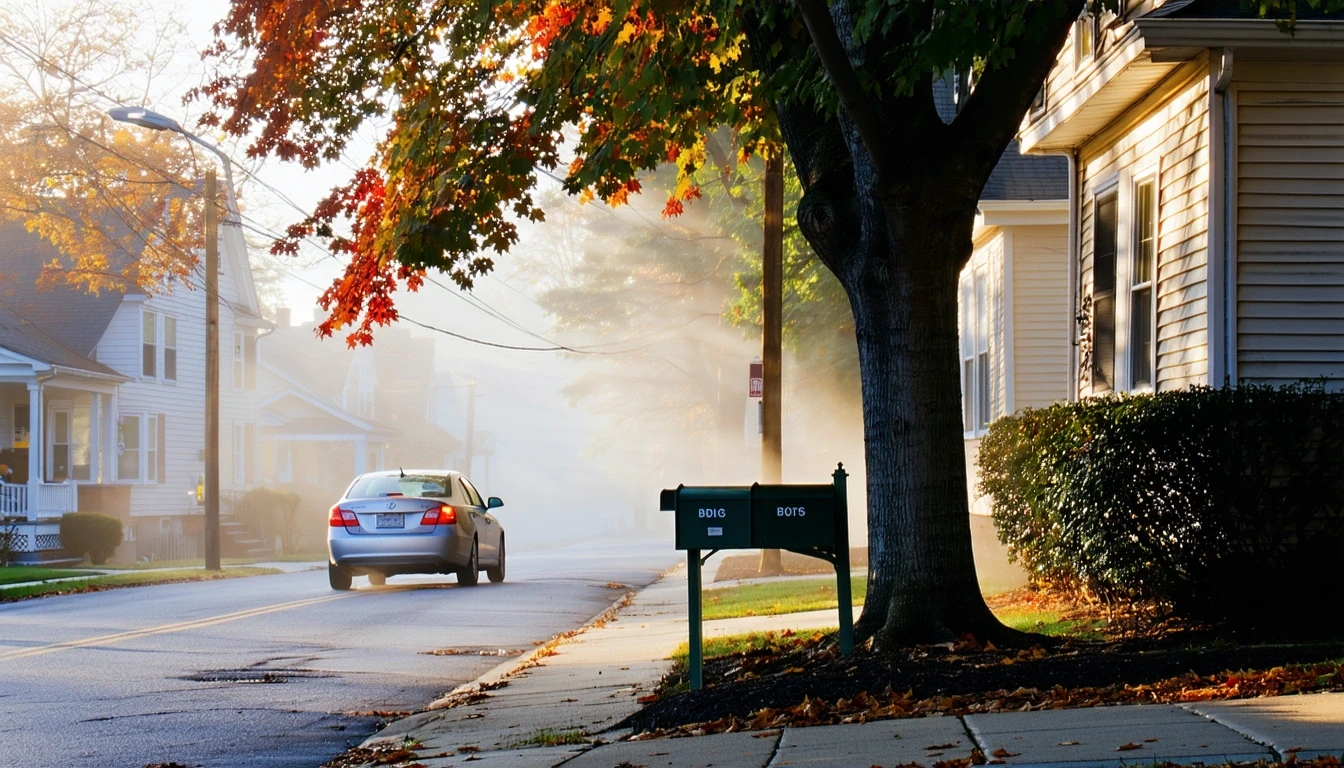
Fairfax, VA vs. Arlington, VA: Cost of Living Comparison (2025)
When considering a move to the Washington, D.C. metro area, two popular suburbs often come to mind: Fairfax and Arlington. Both located in Virginia, these cities offer a mix of urban amenities and residential charm, but which one gives you more for your money in 2025? Comparing the cost of living is crucial for relocating families, first-time homebuyers, and renters alike. Let’s dive into the key factors that will shape your budget in Fairfax versus Arlington.
As the D.C. region continues to grow, housing costs remain a central concern. Fairfax and Arlington each present distinct options, from spacious single-family homes to modern apartments near transit hubs. However, affordability varies between the two cities, influenced by factors like neighborhood desirability, new development, and proximity to major employers. Understanding these nuances is essential for making a smart financial decision in 2025.
Comparing Housing Costs in Fairfax and Arlington

Housing often represents the largest chunk of a household budget, and the Fairfax-Arlington comparison is no exception. In Fairfax, renters can expect to pay around $2,100 per month for a typical 2-bedroom apartment as of 2025. Prices tend to be higher near the city’s vibrant downtown and sought-after school districts. For homebuyers, the median price hovers around $600,000, with single-family homes and townhouses dominating the market.
Arlington, on the other hand, commands a premium for its prime location and urban-suburban blend. Renters should budget closer to $2,400 monthly for a 2-bedroom unit, with luxury buildings and walkable neighborhoods fetching top dollar. The median home price in Arlington surpasses $750,000, reflecting the city’s popularity among high-earning professionals. However, more affordable options can be found farther from Metro stations and trendy retail districts.
| Housing Type | Fairfax | Arlington |
|---|---|---|
| 2BR Apartment (Monthly Rent) | $2,100 | $2,400 |
| 3BR Single-Family Home (Median Price) | $600,000 | $750,000+ |
For growing families seeking space and top-notch schools, Fairfax offers a better value proposition. Young professionals and empty nesters, meanwhile, may prefer Arlington’s vibrant neighborhoods and shorter commutes, even at a higher price point. Ultimately, housing costs in both cities have trended upward in recent years, so locking in a favorable rent or purchase price is key.
Winner: Fairfax has the edge on housing costs, particularly for larger homes and budget-conscious families. Arlington’s premium prices are tougher on the wallet but may be worthwhile for some lifestyles.
Utility Bills and Energy Expenses
Utility costs are another important piece of the budget puzzle. Fairfax residents can expect to pay around $150-200 per month for basic electricity, water, and gas in a 2-bedroom apartment. Larger homes and older buildings may see higher bills, especially during the peak summer and winter months. The city’s energy-efficiency programs and rebates can help offset costs for eco-conscious households.
In Arlington, monthly utility expenses typically fall between $130-180 for an average 2-bedroom rental. The city’s newer housing stock tends to be more weathertight and efficient, translating to lower heating and cooling bills. However, Arlington’s higher density means some residents contend with higher water and sewer fees. Those in older single-family homes should budget a bit extra for utilities compared to newer apartments and condos.
Winner: Arlington squeaks out a win on utility costs, thanks to its more efficient housing mix and density-driven infrastructure. However, the difference is minor and can easily be offset by individual usage habits.
Comparing Grocery and Food Costs
No cost-of-living analysis is complete without considering the price of putting food on the table. Fairfax offers a diverse grocery scene, from major chains to international markets. Expect to spend around $400-500 per month on groceries for a 2-person household, assuming a mix of dining out and cooking at home. Buying in bulk at stores like Costco can trim the bill, while upscale organic markets tend to charge a premium.
Arlington’s grocery costs are broadly similar, with monthly totals around $380-480 for a typical couple. The city’s walkable neighborhoods mean many residents can easily pop into a nearby store for essentials, rather than making a big weekly shopping trip. However, this convenience can come with slightly higher prices at small urban markets. Arlington’s acclaimed restaurant scene is a draw but can quickly add up for frequent diners out.
Winner: Fairfax has a slight advantage on grocery costs, particularly for those willing to drive for deals. However, the difference is negligible for most households and easily outweighed by personal preferences.
Taxes and Fees in Fairfax vs. Arlington
Taxes are an often-overlooked element of the cost-of-living equation. Fairfax’s property tax rate stands at $1.14 per $100 of assessed value as of 2025. For a median-priced home of $600,000, that translates to an annual tax bill of roughly $6,840. The city’s car tax (around $300-400 yearly for a newer vehicle) and 6% sales tax add to the tally for residents.
In Arlington, homeowners face a property tax rate of $0.993 per $100 of value, slightly lower than Fairfax. However, the higher median home price of $750,000 yields an annual tax hit of about $7,450. Arlington’s car tax and sales tax mirror Fairfax’s, but some neighborhoods also levy special assessments for services like trash collection and street maintenance. Over time, these fees can add up, especially for homeowners.
Winner: Fairfax claims the tax advantage, with a lower effective rate and less nickel-and-diming on municipal fees. Still, renters in both cities will feel less of a pinch than homeowners when it comes to taxes.
Fairfax vs. Arlington Cost of Living Summary
| Category | Fairfax | Arlington |
|---|---|---|
| Housing (2BR Apartment) | $2,100 | $2,400 |
| Utilities | $175 | $155 |
| Groceries | $450 | $430 |
| Transportation | $100 | $80 |
| Taxes (Property, Sales) | $570 | $620 |
| Miscellaneous | $250 | $300 |
| Estimated Monthly Total | $3,645 | $3,985 |
When all the numbers are tallied, Fairfax emerges as the more affordable option, with estimated monthly expenses of $3,645 for a typical household. Arlington, meanwhile, clocks in around $3,985 per month. That’s a potential savings of $340 per month or $4,080 per year by choosing Fairfax over Arlington.
However, these totals are based on average costs for common expenses like a 2-bedroom apartment, basic utilities, and a standard food budget. Your individual lifestyle and neighborhood choice can shift the math considerably. A luxury apartment in Arlington’s trendiest district will cost far more than a basic rental in a more distant part of Fairfax, for instance.
Lifestyle Considerations in Fairfax and Arlington
Of course, cost of living is just one factor in choosing between Fairfax and Arlington. Lifestyle considerations also loom large, from commute times to recreational opportunities. Fairfax wins points for its spacious parks, top-rated schools, and family-friendly vibe. The city’s reliable public bus system and well-maintained roads make getting around a breeze, even if traffic can be a bear at times.
Arlington, by contrast, is a haven for young professionals and empty nesters who crave an urban-suburban fusion. The city’s walkable neighborhoods, vibrant arts scene, and diverse dining options are major draws, as is the convenience of the Metro system. **Commuters can hop on a train and be in downtown D.C. in under 30 minutes.** Nature lovers also flock to Arlington’s extensive network of trails and green spaces.
Ultimately, the choice between Fairfax and Arlington depends on your personal priorities and stage of life. **Young singles and couples may find Arlington’s energy and accessibility well worth the higher costs, while growing families often prefer Fairfax’s space and relative affordability.** Regardless of where you land, both cities offer a high quality of life and ample opportunities to put down roots in the D.C. metro area.
Frequently Asked Questions
Is Fairfax more affordable than Arlington in 2025?
Yes, Fairfax tends to be more affordable than Arlington across major cost categories like housing, groceries, and taxes. For a typical household, living in Fairfax is about $340 per month cheaper than Arlington.
Are rental prices lower in Fairfax or Arlington?
Rental prices are generally lower in Fairfax, with a typical 2-bedroom apartment going for around $2,100 per month versus $2,400 in Arlington as of 2025. However, prices can vary widely by neighborhood and amenities.
How do grocery costs compare between Fairfax and Arlington?
Grocery costs are fairly similar between the two cities, with Fairfax having a slight edge. A 2-person household in Fairfax spends around $450 per month on food, while the same household in Arlington spends about $430.
Are property taxes higher in Arlington than in Fairfax?
Property tax rates are actually slightly lower in Arlington ($0.993 per $100 of assessed value) than in Fairfax ($1.14 per $100). However, Arlington’s higher median home prices mean most homeowners still pay more in annual property taxes.
What is the average monthly cost of living for a family of four in Fairfax vs. Arlington?
A family of four can expect to spend around $5,500 per month on basic expenses in Fairfax, compared to roughly $6,000 in Arlington. Housing, childcare, and education costs are the biggest drivers of this difference.
Making Your Move in 2025
Choosing between Fairfax and Arlington is a highly personal decision that depends on your budget, lifestyle, and long-term goals. By understanding the key cost-of-living differences between these two popular D.C. suburbs, you can make an informed choice that sets you up for financial success in 2025 and beyond.
If you’re ready to take the next step, be sure to check out our guide to the best moving companies in the D.C. area. With careful planning and budgeting, you can make your Fairfax or Arlington dream a reality this year.
